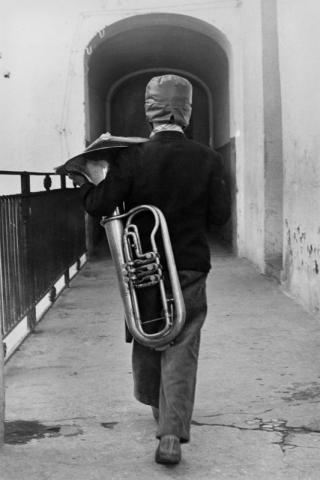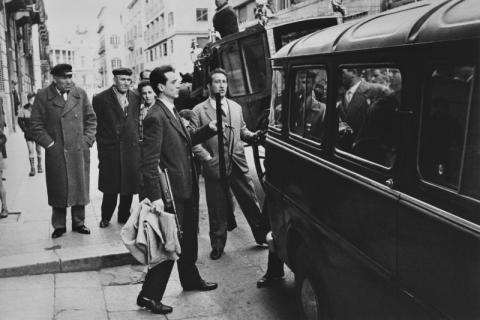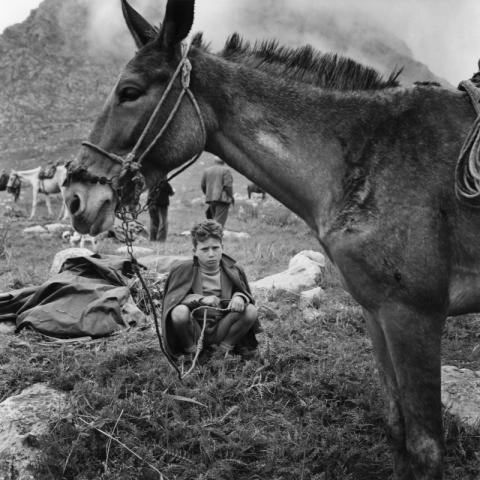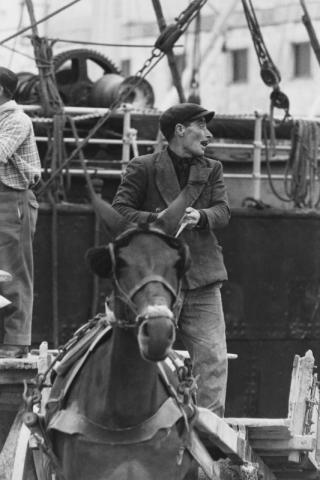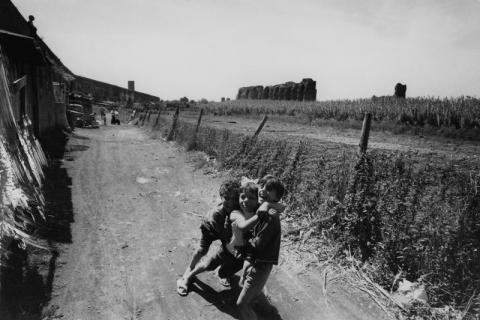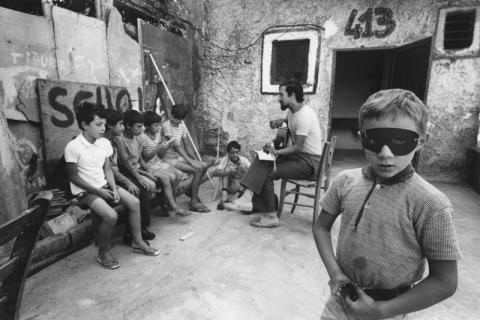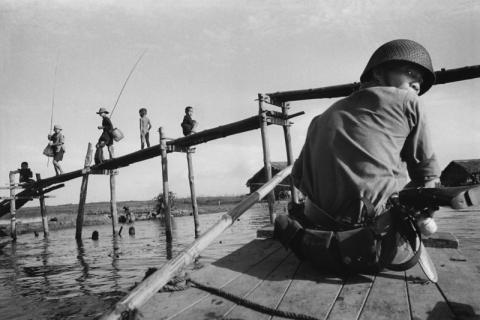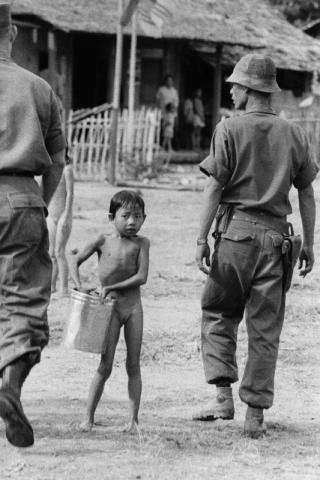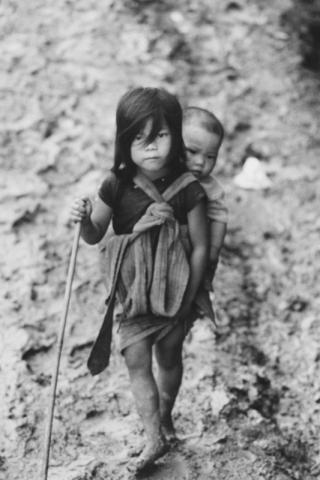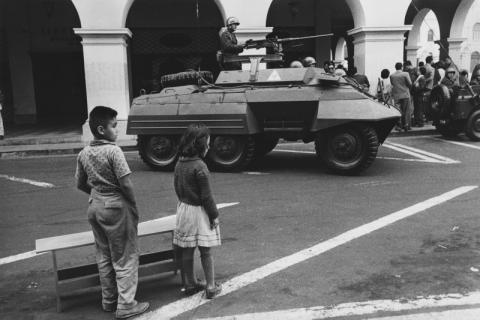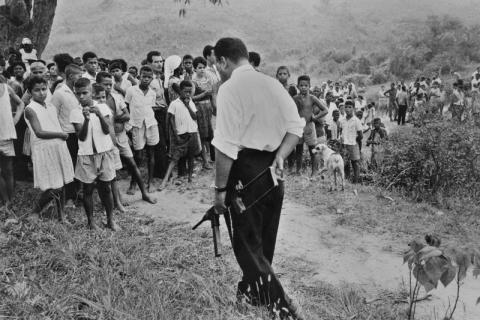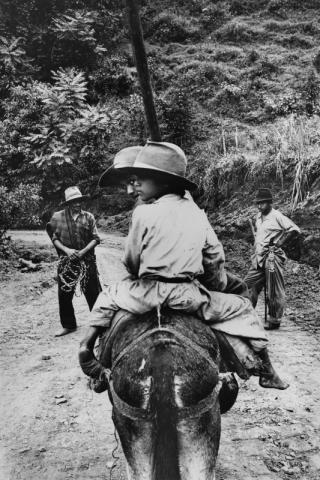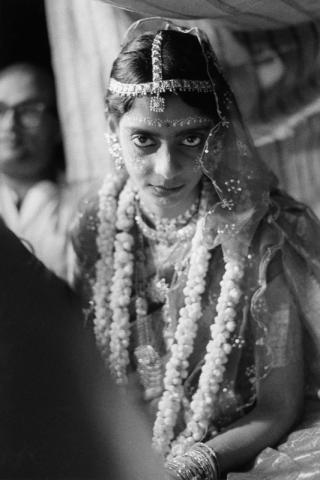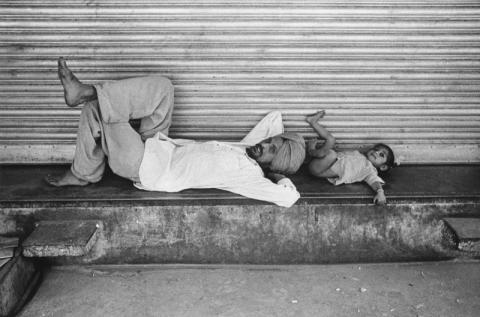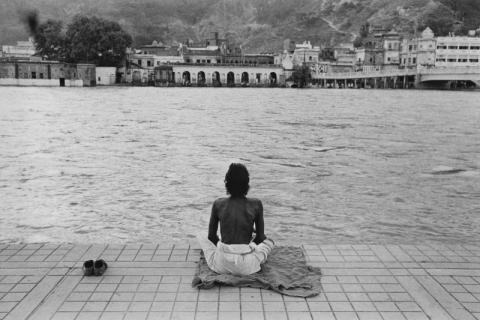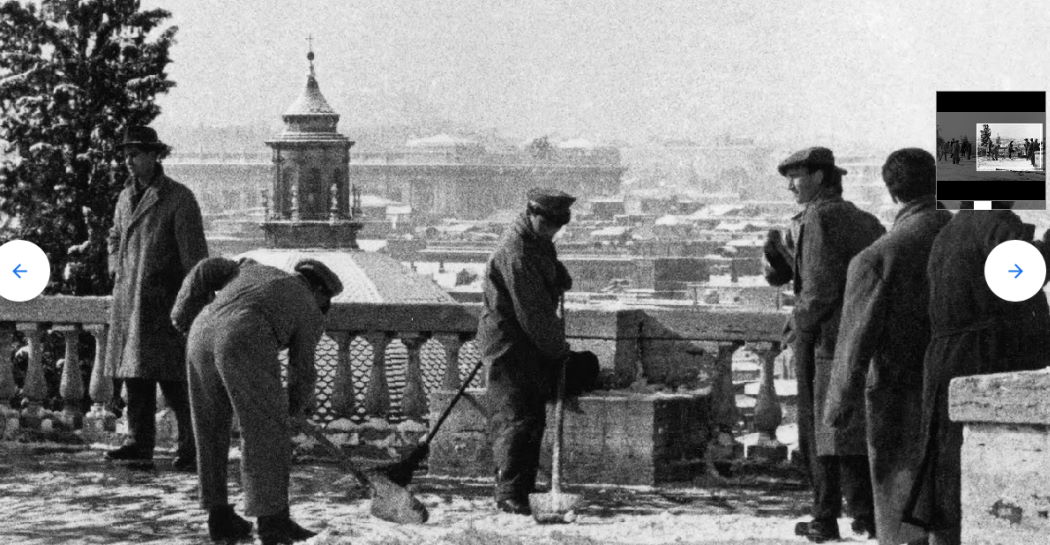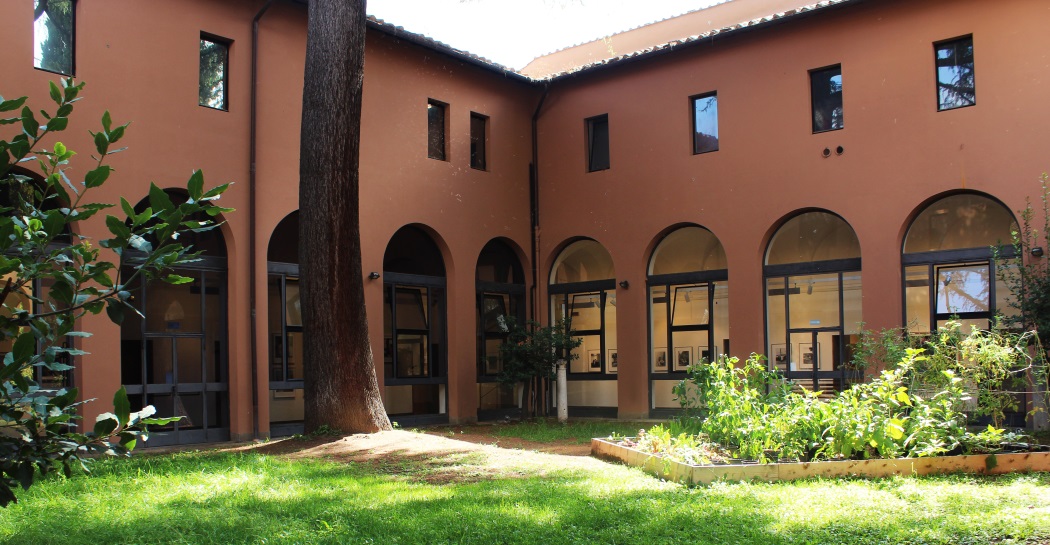Calogero Cascio. Picture Stories, 1956-1971
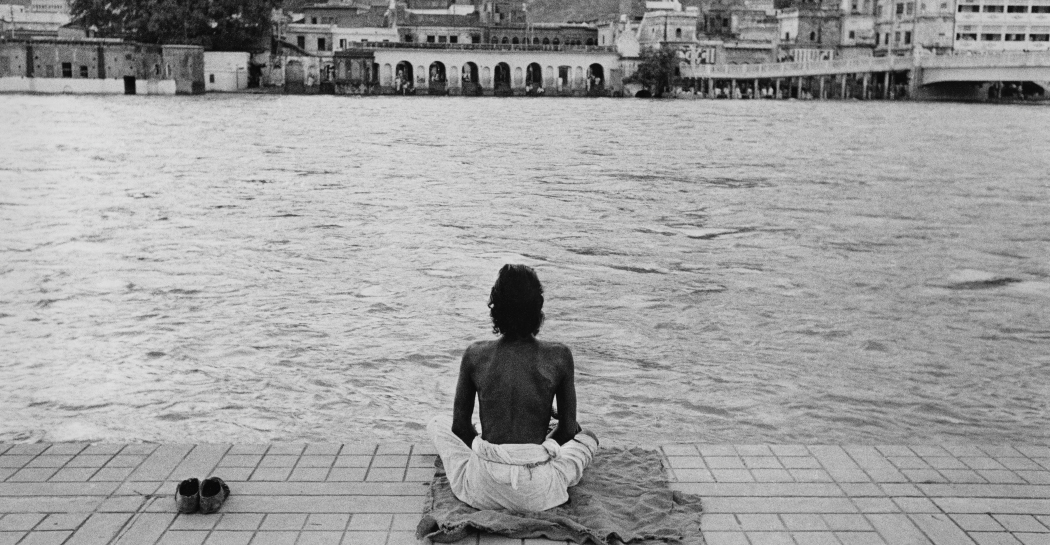
More than 100 photographic prints show, for the first time, the activity and the personality of the Sicilian photoreporter, one of the great protagonists of the Italian photography of the second half of the twentieth century.
The exhibition is the first tribute to the activity of one of the great players of the Italian photography of the second half of the 20th century, Calogero Cascio (Sciacca - AG, 1927 / Rome, 2015), a Sicilian photojournalist who, from the mid-1950s to the early 1970s, used his photographic gaze to recount some of the most significant situations and moments of the time.
The exhibition, accompanied by a special book, is the first anthological and historical-critical work dedicated to the Sicilian photojournalist. The exhibition shows, through a series of more than 100 original photographic prints from the period and recent prints from original negatives, not only his commitment and professional quality in bearing witness to a visual account of almost twenty years of history made up of men, places and events, but also an opportunity to appreciate a shrewd, ironic personality, ready for comparison and active in contributing to the debate on national photographic culture.
After completing his university studies and a brief career as a doctor in the Roman suburbs, Cascio settled in Rome in 1949 and chose the profession of photojournalist. He came into contact with the world of publishing, which had seen the birth, after the war, of important illustrated periodicals such as "Il Mondo", edited by Mario Pannunzio from 1949 to 1966, and "L'Espresso", founded in 1955 by Arrigo Benedetti and Eugenio Scalfari. It was with "Il Mondo" that he established a privileged relationship, a continuous and lively exchange of opinions with its editor who, in his opinion, tended to publish "beautiful photos, but not very 'vigorous'", in which the spirit of true photojournalism was absent, the telling of history and its conflicts, of which the war in Vietnam was the symbol.
Many of Cascio's images published in "Il Mondo" between 1957 and 1966 are now preserved in the weekly magazine's photographic fund at the Biblioteca Nazionale Centrale di Firenze, some of which are displayed in this exhibition, constituting one of the main photographic "corpus" of the Sicilian author, in addition to Cascio's own archive.
With the photographers Caio Garrubba, Antonio and Nicola Sansone he shared the ideal of journalistic reportage as a "political" action and, together with them, he founded the RealPhoto agency in 1963, contributing with Ermanno Rea, Plinio De Martiis and Franco Pinna to the "Roman school" of photojournalism.
In 1963, Piero Racanicchi, the most attentive critic of Italian photography in those years, wrote in Popular Photography magazine about Cascio's photo shoot in the Indian city of Chandigarh, which had been redesigned a decade earlier by Le Corbusier: "Calogero Cascio has the merit of writing in the same way he photographs: Calogero Cascio has the quality of writing in the same way as he photographs: his visual intelligence leads him towards a loose and flowing narrative style, made up of impressions and reflections, which aims at the core of things, discards marginal situations, tackles subjects with immediacy, without conceding anything to fantasy and descriptivism".
His "social" investigation and the tension of witnessing events did not only lead him to explore the streets and countryside of Sicily and the suburbs of Rome and many other Italian cities, but also led him to investigate the territories beyond the borders, visiting many countries in the Middle and Far East - Israel, Egypt, Vietnam, India, Nepal, Laos, Thailand - and South America - Brazil, Peru, Colombia, Venezuela - for a long time, He has visited many countries in the Middle and Far East - Israel, Egypt, Vietnam, India, Nepal, Laos, Thailand - and in South America - Brazil, Peru, Colombia, Venezuela -, producing visual narratives, anthropological, sociological and political 'stories in images', characterised, however, by an empathetic gaze, capable of capturing the universal value of man in every context. It is this same gaze that since his first photographs, taken in Sicily, his homeland, and taken in the towns of Agrigento rather than Palermo, has guided him in witnessing the working conditions and political subtexts that interact in the economic and social development of the region, fuelling the culture of the Mafia and the fear of change. These are images of great evocative effectiveness, in the sign of documentary but also "humanist" photography, which in the 1950s investigated the Italian South, with a "civil passion" that found in photography the instrument to reveal with intellectual lucidity the reality that presented itself to the eye.
Silvana Editoriale with texts by Monica Maffioli, Ferdinando Scianna and Francesco Zizola.
Information
From October 6, 2021 to January 9, 2022
From Tuesday to Sunday 10.00-20.00
Last admission one hour before closing time
Closed
Monday, December 25, January 1
Before planning the visit, CONSULT THE NOTICES
Tel. 060608 (daily from 9.00 to 19.00)
Promoted by
Roma Culture
Sovrintendenza Capitolina ai Beni Culturali
Biblioteca Nazionale Centrale di Firenze
In collaboration with
Natalia and Diego Cascio, sons of the artist
Organization
Zètema Progetto Cultura
Press Room
Gallery
Eventi correlati
1009852
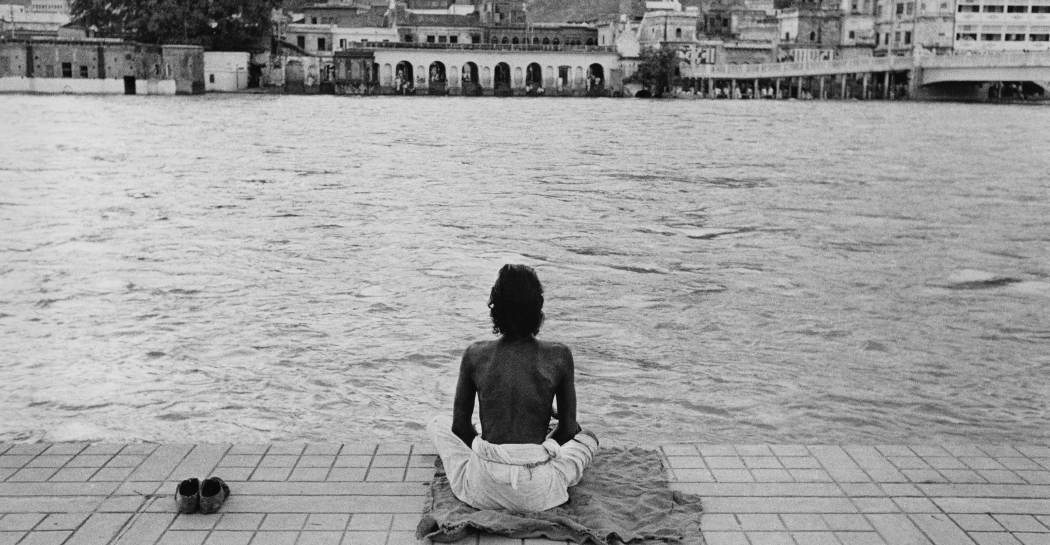
1009762
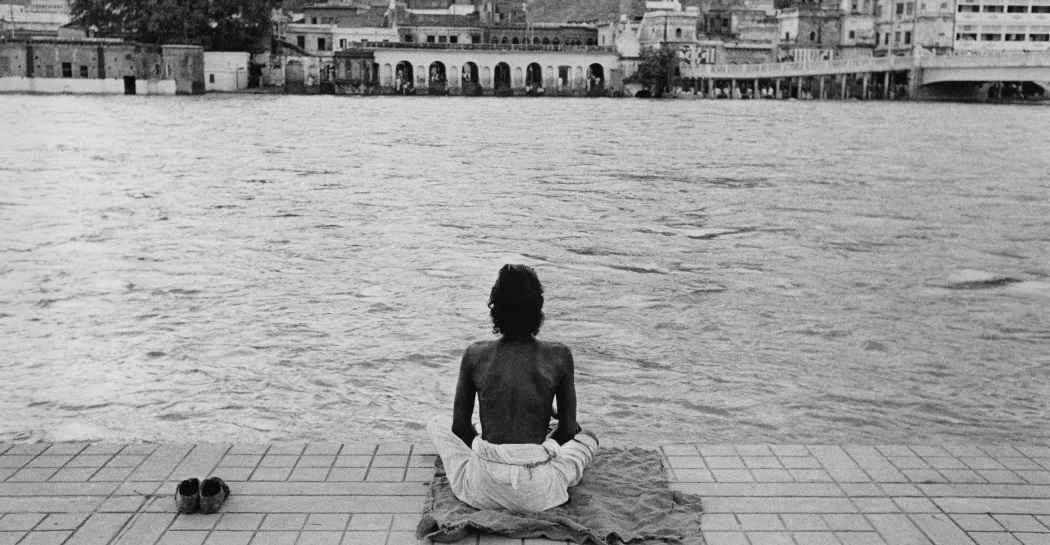
1009551

1009550

1009425



























